HEALTH
More: NASA’s Artemis I Successfully Launches Trip To The Moon
Published
2 years agoon
The Artemis 1 mission to the moon is underway after the successful launch on Wednesday of NASAs new Space Launch System, touted as the most powerful rocket in the world.
The SLS rocket lifted off at 1:47 a.m. EST Wednesday from Launch Pad 39B at NASAs Kennedy Space Center in Florida.
A video shared by Twitter user @sleepytrekkie shows a view of the launch from Oviedo, just northeast of Orlando, about 30 miles from the launch site. Glowing clouds can be seen in the sky before a glowing ball of fire emerges, then disappears again.
The SLS is a super heavy-lift expendable launch vehicle, NASAs first since the final flight of the Saturn V, carrying Skylab in 1973. The historic test flight was originally planned for 2016.
The rocket launched an uncrewed Orion crew capsule into orbit, where it deployed its solar arrays. Then the rockets upper stage then fired for 18 minutes to send Orion on its way to the moon.
Along the way, Orion is expected to drop a number of small CubeSat satellites, each with their own mission. The spacecraft is expected to approach the lunar surface in a close fly-by on Nov. 21, then travel 40,000 miles beyond the moon in a distant orbit before returning to Earth.
“What an incredible sight to see NASAs Space Launch System rocket and Orion spacecraft launch together for the first time. This uncrewed flight test will push Orion to the limits in the rigors of deep space, helping us prepare for human exploration on the Moon and, ultimately, Mars,” said NASA Administrator Bill Nelson.
Artemis 2 could see four astronauts orbit the moon in 2024, before a landing mission in 2025 or 2026, according to NASA. The agency said missions to Mars will follow.
More From Sci + Tech
-


With More Kids In ERs For Melatonin Ingestion, Supplement Trade…
-
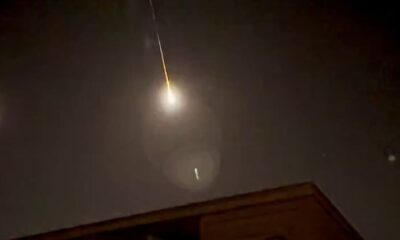

Meteor Seen Over Berlin on 1/21/24.
-


More: Solar Storm Treats Skygazers To Dazzling Northern Lights In…
-
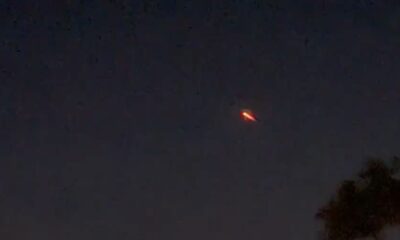

SpaceX’s Falcon 9 launches 46 Starlink satellites into orbit as…
-
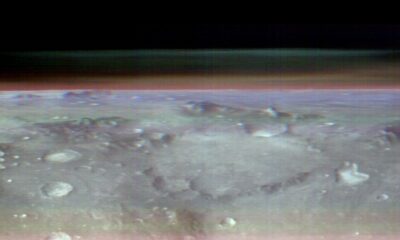

More: NASA’s Mars Odyssey Orbiter Releases New Images Of Planet’s…
-


Scent Of Women’s Tears Reduces Aggressive Behavior In Men, New…
-


CIRA: This week’s atmospheric river brought copious amounts of moisture…
-


2 Robitussin Cough Syrups With Honey Recalled Over Microbial Contamination
-
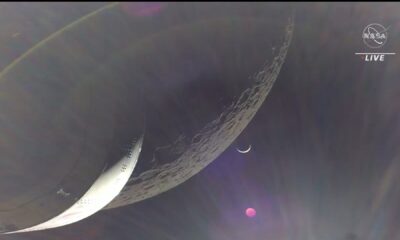

Feed from NASA Orion Capsule Shows the Dark Side of…
-
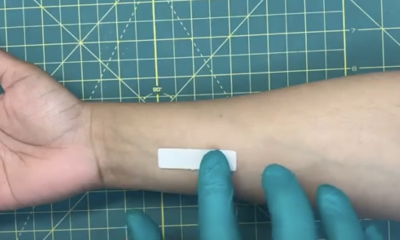

Blood Pressure E-Tattoo Promises Continuous Mobile Monitoring
-
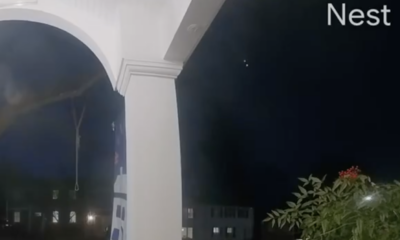

More: Meteor Seen Over Mid-Atlantic Sky From Arlington, VA In…
-
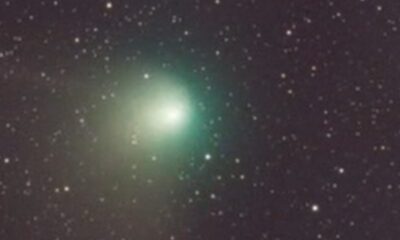

More: Green Comet C/2022 E3 (ZTF) Seen from Ottawa, Canada
